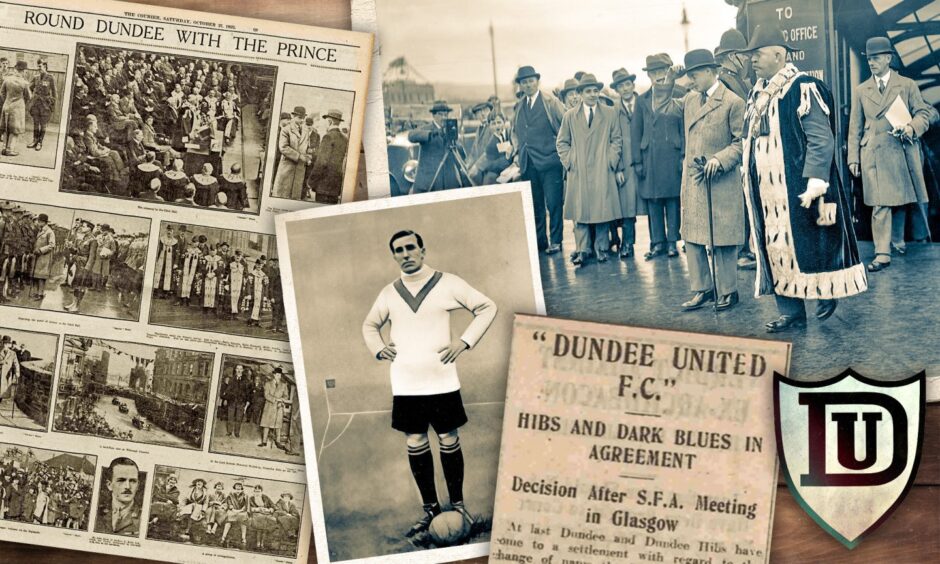
October 27 will mark exactly 100 years since Dundee United took to the field for the first time.
The starting gun for a century of soaring successes and galling failures.
European adventures, Hampden heroes and a Premier Division title.
Jerry Kerr and Jim McLean; Luggy, Heggy and Narey.
All Arabs can luxuriate in that history as United exhibit a host of memorabilia, documents and artefacts at DC Thomson’s Meadowside building in the heart of Dundee this week.
However, 1923 is not merely the year when Dundee Hibernian became Dundee United and switched from green-and-white to black-and-white, complete with new crest.
It was a year of tortuous negotiations and debate with their closest rivals, while events played out amid an existential crisis as the club sought to gain admission to the Second Division of the Scottish Football League.
But from the shadow of adversity, Dundee United FC was born.
This is that story.
An existential crisis
They won just seven of their 42 fixtures that season.
An inglorious existence.
With an increasingly modest match-day support, in the shadow of their city rivals Dundee FC and bumbling along in the football wilderness, seeking a place in the old Second Division was a last roll of the dice.
“Dundee Hibs will be forced to go to the wall,” came the stark warning from club director William Hutchinson, speaking at the time, when faced with the prospect of that application being rejected.
“United may not exist at all, had it not been for the changes in 1923,” says Peter Rundo, Dundee United programme editor for 40 years and co-author of Dundee United: The Official Centenary History.
“One thing you can say with near-certainty: they wouldn’t be a league club. They were at rock bottom.”
While there is always the possibility Mr Hutchinson was indulging in hyperbole in order to gain a precious place in the Scottish Football League, this was pitched as a matter of life and death for Dundee Hibernian.
The directors’ canvassing of other clubs was persistent and fierce.
And in a moment arguably more important than any name change, they were admitted to the Second Division, edging out East Stirlingshire in a second round of voting.
The birth of United
Now a league club, it was time to engineer a change of name.
That had been placed on the back-burner for fear that ditching the traditional name of Dundee Hibernian would actually hinder their chances of gaining admission to the Second Division.
Not that “Dundee United” was ever the first choice.
Indeed, Dundee City FC was registered with the Board of Trade in August 1923 and, even after the name Dundee United was ratified, the business actually remained called Dundee City Athletic Club Ltd until June 1925.
Dundee FC objected to “Dundee City” and its tacit implication that their neighbours were the representatives of the city.
“That was the complaint, albeit you have a “City” in Manchester — for example — and, historically, that hasn’t indicated which was the bigger,” adds Rundo. “However, that is where the rancour came from.”
Something had to give.
Following a protracted period of negotiations, a compromise was struck in October of 1923.
Tom White, of the Scottish Football Association, was informed that Dundee FC would have no objection to the name “Dundee United” and the process approached its denouement.
A “woeful” start
The name Dundee United was ratified on October 17, 1923 and Dundee Hibernian played its final fixture three days later: a 3-2 win over King’s Park.
But good news, it seems, doesn’t always travel fast.
On the Saturday (October 27, 1923, below) edition of the Dundee Evening Telegraph, the publication looked forward to “Dundee Hibs’” trip to Dumbarton.
And what of that historic outing to Boghead?
Well, the Prince of Wales had been on duty in Dundee to officially open Caird Hall that week, but the city’s representatives in the west produced a display that was anything but regal.
They were “whacked” by the Sons of the Rock, to quote the Dundee Evening Telegraph (below).
“It definitely wasn’t an auspicious start,” adds Rundo, recalling the meek 3-0 defeat in front of around 1000 supporters.
“It was a complete and utter damp squib actually. United were woeful!”
Indeed, Dumbarton Harp were playing Queen of the South in a nearby Scottish Cup qualifier and, for many, that proved a bigger draw that witnessing a little bit of Scottish football history.
A gradual upturn
United’s rise was far from meteoric following the rebranding; certainly nothing to suggest the club would ever be crowned champions of Scotland or lift the Scottish Cup. Even usurping Dundee as the city’s dominant force seemed a little fanciful.
“Dundee were miles ahead of United and powered by the jute industry; our team was formed by a man, Pat Reilly, who owned a bicycle repair shop on the Perth Road — there was a huge difference,” notes Rundo.
“However, there was a sharp improvement in the Second Division, with Jimmy Brownlie, the goalkeeper and manager, building a team as the season went on.”
Fuelled by the goals of Joe O’Kane and Bobby Bauld, United’s first-ever campaign would end with a creditable ninth-placed finish in the Second Division.
Promotion would then come in 1925.
Babysteps; but a pivotal, formative period on the journey of Dundee United.
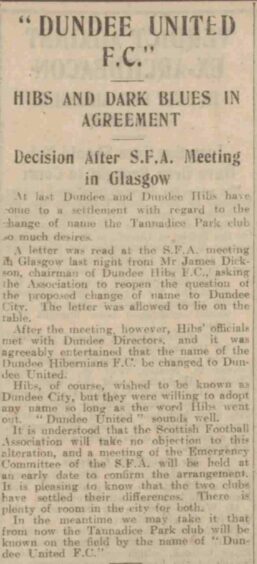
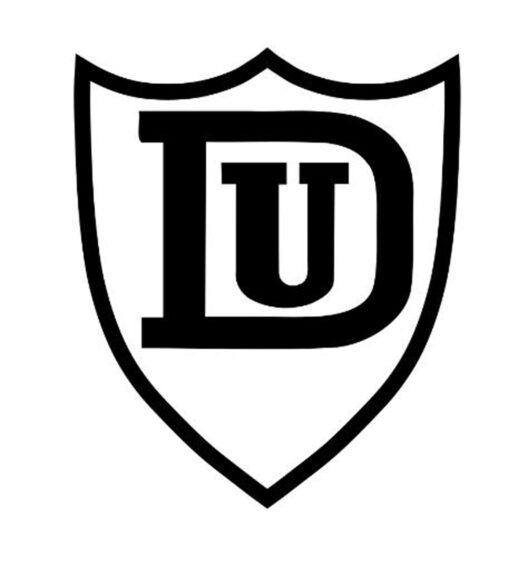
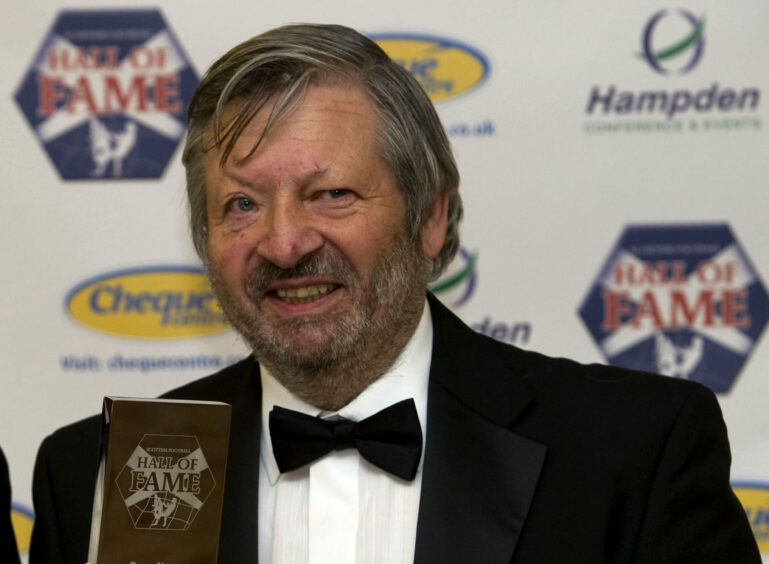
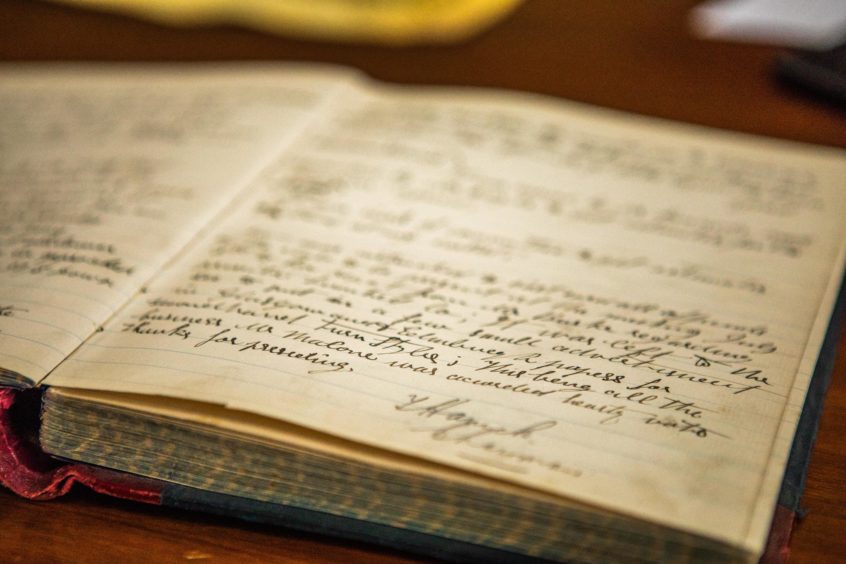
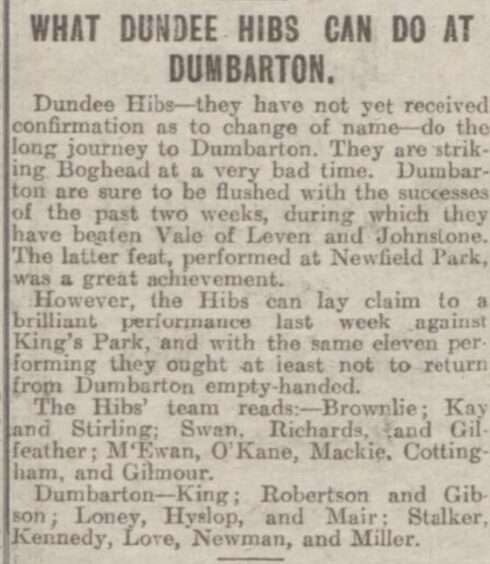
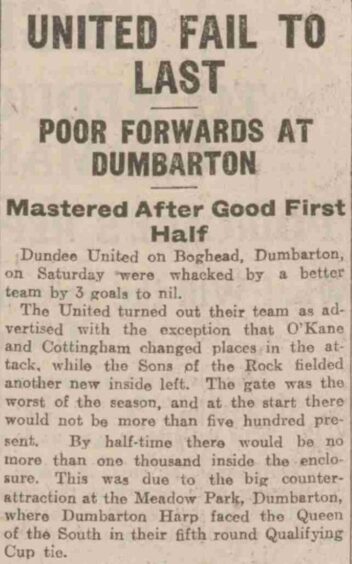
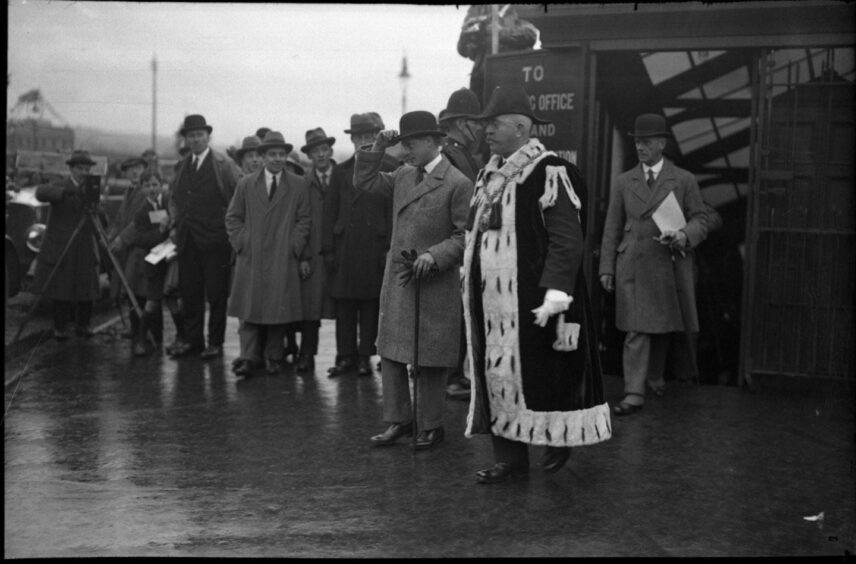
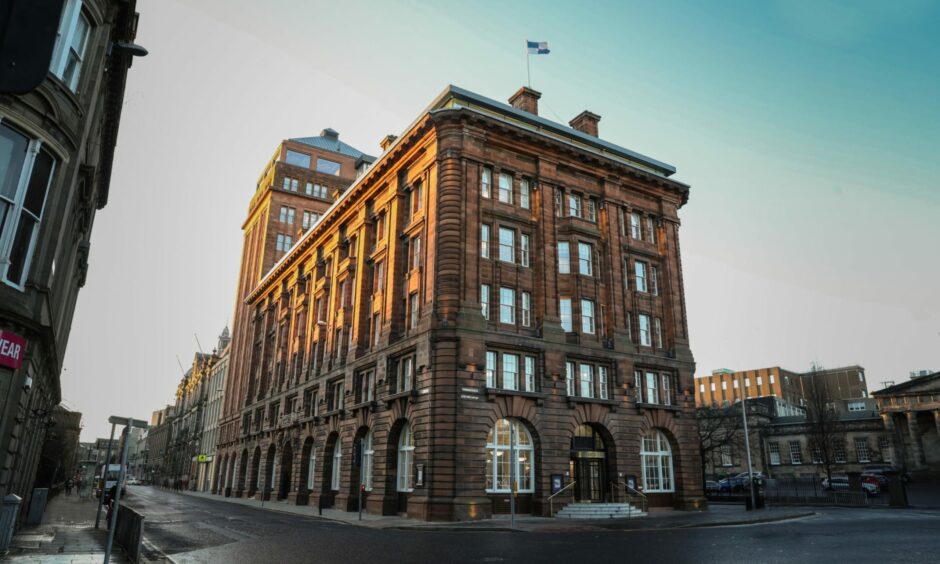

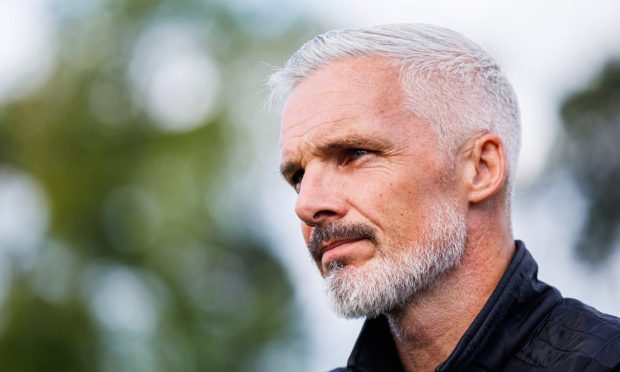

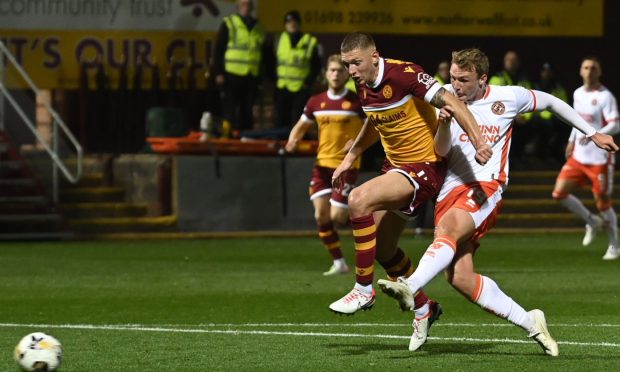
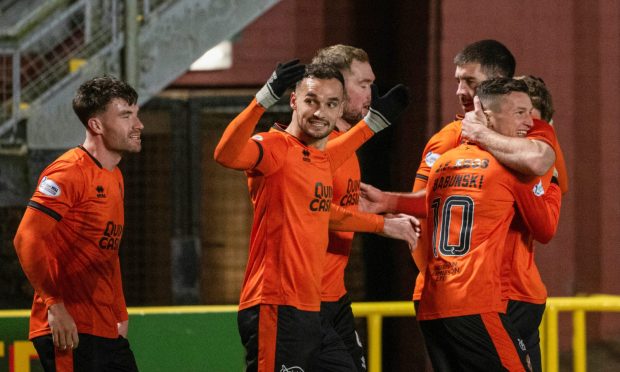



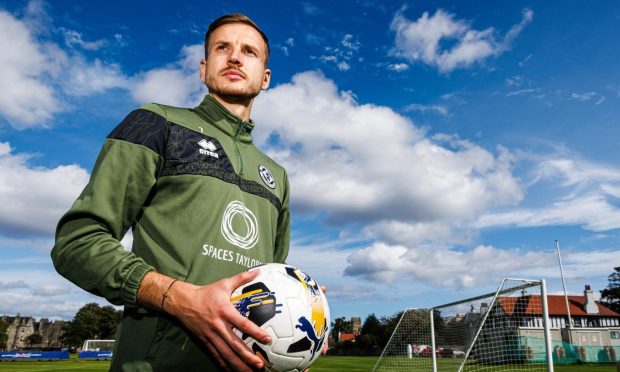
Conversation